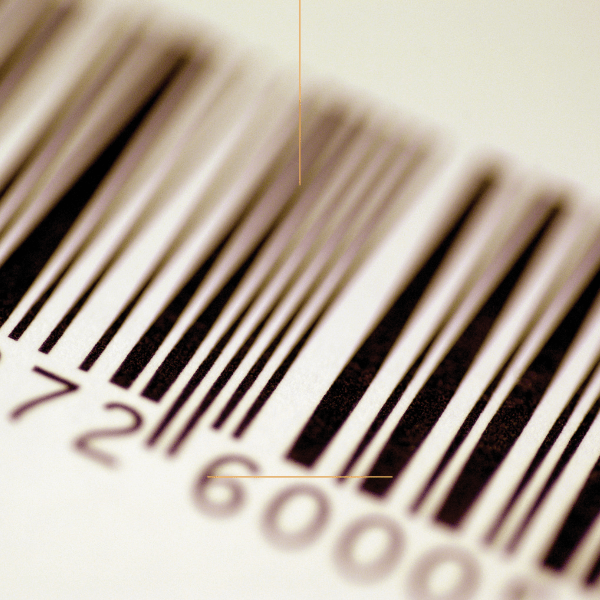ISBN vs UPC

There are two components that are usually required to be on your book when you’re self-publishing it: an ISBN and a UPC. These two elements are incorporated into the actual design of your back cover and must be there if you wish to sell books through a bookstore or have them distributed. If you’ve been wondering what the difference between these two elements happens to be, then this guide will give you an in-depth look at the ISBN vs UPC debate, discuss why they’re necessary, and look at why some authors may not necessarily need them.
What Is an ISBN?
ISBN is an acronym that stands for “International Standard Book Number.” Today’s ISBNs that are issued have a 13 digit number assigned to every type of book that is published by an author. Let’s say you want to self-publish a hardcover book, a paperback book, an e-book, and then you’ve had your book translated into a different language as a trade paperback. You would need to purchase 4 ISBNs to accomplish this.
ISBNs are a fairly recent addition to the publishing world. Books printed before 1970 do not have them. The initial numbers were 10 digits in length, but starting in 2007 new books were assigned the current 13 digit number.
The purpose of the ISBN is simple: it gives anyone the chance to identify the edition and variation of a book that has been published.
What Is a UPC?
UPC stands for “universal product code.” It’s a barcode that is widely used throughout the world to help stores track items, sales counts, inventories, and other information about specific products. When incorporated with a book, the barcode is able to track the sales of a specific edition and variation while providing purchasing price information.
The barcode is not the same as the ISBN. Barcodes have 12 digits, whereas the ISBNs today have 13 digits. In the United States, just one company tracks and issues all barcodes.
Unlike ISBNs, a UPC can be assigned to any product being sold in any format. You’ll find these codes on loaves of bread, on bobblehead collectibles, candy bars, or computers.
What Is the Same About ISBNs and UPCs?
Where the confusion sets in with these two items is that the ISBN is often printed in barcode format on the back of a book. This works very well for bookstores that have the ability to track ISBN information along with sales data. It does not work very well for retailers that don’t always have the ability to track ISBN data. By offering a UPC, you can guarantee that any retailer can scan your book successfully to register a sale.
What Is Different About ISBNs and UPCs?
The main difference between these two scannable codes is that the modern ISBN in barcode format is actually two different barcodes. The first code is a reflection of the actual ISBN. The second code is a reflection of the price that is being offered. The first digit on the second barcode is a reflection of the country of origin, followed by a four-digit pricing number. If the secondary code is “50995,” then you know the publisher is from the US and they have set the price of the book at $9.95.
This doesn’t mean a retailer or bookstore must sell the book at this price. They can print other scannable codes that reflect local pricing or decide to put a book on sale if they wish.
When You Don’t Need an ISBN or a Barcode
If you’re self-publishing a book, the main reason why you’d want to have an ISBN, a barcode, or both is that you want to have some level of retail distribution for your novel. If you plan to sell the book on your own and don’t want online listings or retail store sales as an option, then you don’t need to have either item placed on your book. Most authors are going to want some level of distribution to help them gain market exposure for their books, which means getting at least an ISBN, but not every author may need this.
Knowing the similarities and differences in the ISBN vs UPC debate is important for authors who want to publish their own works. It helps each writer make an informed decision about their final product based on the goals and outcomes they have set for themselves. Use this guide to make a decision about your book today so that you can meet tomorrow’s goals as efficiently as possible.
